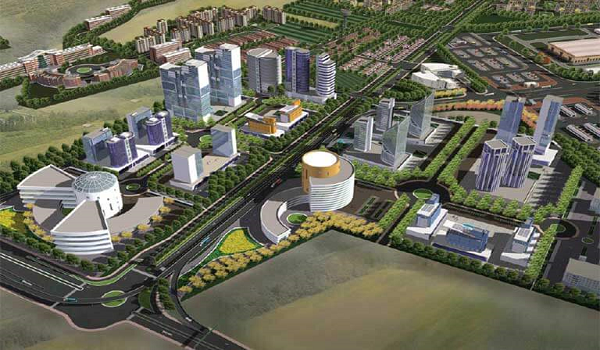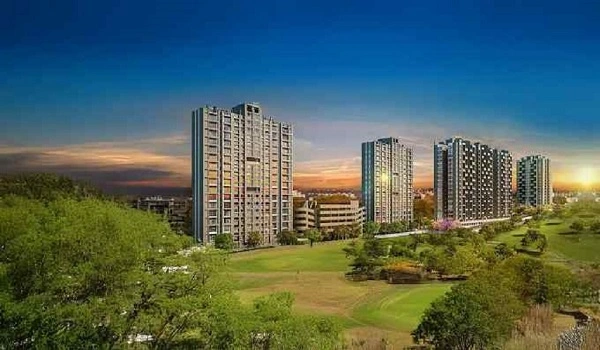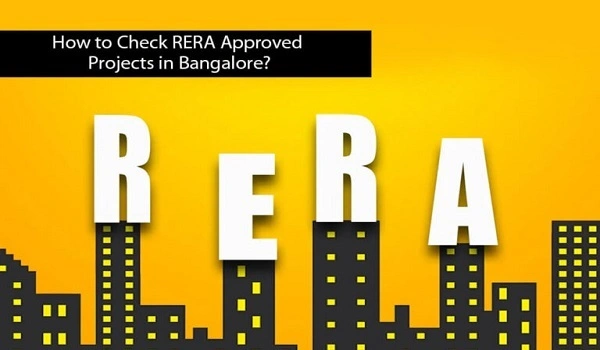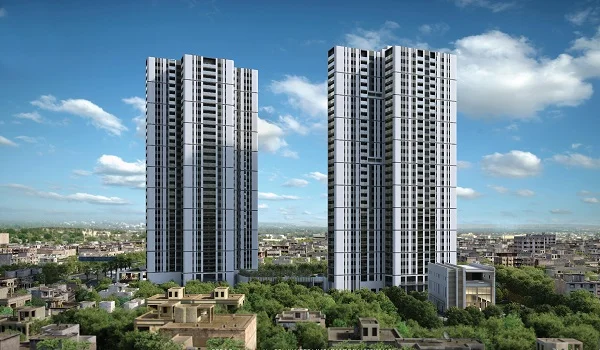Designing for Cross Ventilation: Why It Matters in Modern Homes
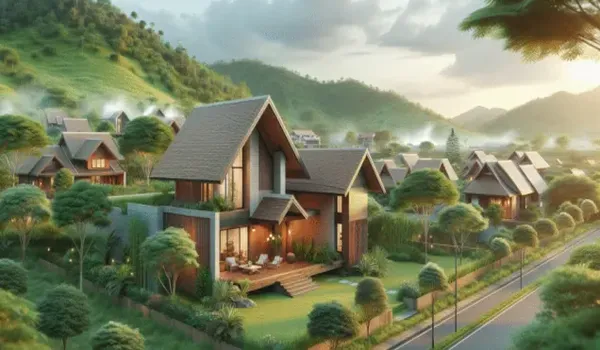
Today, home design isn't just about space or style. It's also about how well a home breathes. That's where cross ventilation comes in. In cities like Bangalore—especially growing zones like Sarjapur Road and Kodathi Village—buyers now look for homes that stay cool, fresh, and connected to nature. Projects like Birla Evara are leading the way by making natural airflow part of the core layout.
Cross ventilation is the natural flow of air through a space, from one side of a home to the other. This happens when two openings—like windows or doors—are placed on opposite or nearby walls. Air enters through one side (the inlet) and exits through the other (the outlet), driven by pressure differences caused by wind and temperature.
When designed right, this method:
- Pushes warm, stale air out
- Pulls cool, fresh air in
- Helps homes stay comfortable without AC
- Feels more natural and open
In places like Birla Evara, this principle is used across units to keep the indoors cooler while reducing electricity use.
With rising temperatures and higher power bills, homes need smarter ways to stay livable. Cross ventilation is one of the oldest, simplest and most effective solutions.
- Thermal Comfort: Cuts indoor heat and boosts airflow
- Fresh Air: Removes dust, smells, allergens, and indoor pollutants
- Energy Savings: Less need for fans or AC means lower bills
- Better Health: Natural air and light improve sleep and mood
- Moisture Control: Helps prevent mold and dampness
- Zero-Energy Cooling: A sustainable, passive design tool
For growing families, seniors, or anyone working from home, these are no longer just nice-to-haves, they’re essential.
Getting cross ventilation right starts at the planning stage. Here's what matters:
- Opposite Openings
Place windows, doors, or vents on opposite walls for strong airflow. Openings should be wide and aligned for smooth cross-breezes.
- Orientation of the Building
Know the local wind direction. In Bangalore, this changes seasonally. Homes should be placed to catch the breeze—especially in bedrooms and living spaces.
- Open Layouts Inside
Fewer walls inside means more air movement. If partitions are needed, screens or jali panels work better than solid walls.
- Smart Window Choices
- Casement windows can be angled to direct airflow.
- Louvers or awning windows allow air in even during rain.
- Jalousie windows maximize ventilation where security allows.
- Height of Openings
- Lower inlets pull in cooler air
- Higher outlets push out hot, rising air
- This vertical flow supports what's known as the stack effect.
Designing airflow in multi-storey homes can be tricky, but not impossible.
- Corner Units get natural cross-ventilation thanks to two open sides
- Through-Units (with openings on both facades) offer the best flow
- Balconies with perforated railings allow airflow without trapping heat
- Shared Shafts between floors help channel air across levels
- Transfer Fans can mimic cross-flow in one-sided units, using low energy
In upscale townships like Birla Evara, many of these strategies are already in use. Units are planned to allow natural light and wind movement while offering privacy and security.
Cross ventilation doesn't only cool your home—it connects you to nature.
- Natural Sounds: Hear birds, rustling leaves, or light rain
- Outdoor Scents: Smell fresh plants or the scent of rain on soil
- Views and Light: Large windows bring in daylight and extend your visual space
- Biophilic Comfort: This design aligns with our natural need to feel connected to the outdoors
In well-designed homes, even a small breeze can change how a space feels.
Natural ventilation has many upsides, but also needs smart planning to avoid issues
| Challenge | Solution |
|---|---|
| Noise from outdoors | Use acoustic louvers or plant trees as buffers |
| Security | Add grills, screens, or smart-lock windows |
| Dust & allergens | Install mesh screens or air filters at vents |
| Rain protection | Choose awning windows or add shading and overhangs |
| Privacy concerns | Use frosted glass, angled windows, or jali screens |
| Unwanted odors | Plan kitchen exhausts, and avoid direct openings near waste areas |
In townships like Birla Evara, careful planning ensures that airflow doesn’t come at the cost of safety, quiet, or hygiene.
Ventilation design is evolving with technology and new standards. Here's what's next:
- Automated window systems: Sensors open or close based on wind or heat
- Air quality monitors: Alert residents when fresh air is needed
- Weather-linked controls: Sync with local weather for predictive cooling
- Passive House movement: Cross ventilation is a core part of net-zero design
- CFD (Fluid Simulation): Architects now use airflow software to plan window placement
In projects like Birla Evara, these features are blending traditional wisdom with modern tools to create healthier homes for the long term.
Cross ventilation isn't just a building feature, it's a design mindset. It helps homes feel alive, open and naturally comfortable. For cities like Bangalore, where summer heat and traffic noise are rising, smart airflow is no longer optional.
As the housing market grows in places like Kodathi Village and Sarjapur Road, projects like Birla Evara show how thoughtful design can bring nature back into our homes—quietly, simply, and effectively.
| Enquiry |




